Lectures and Workshops
1939, two occupations and its aftermath , dr Paweł Rokicki
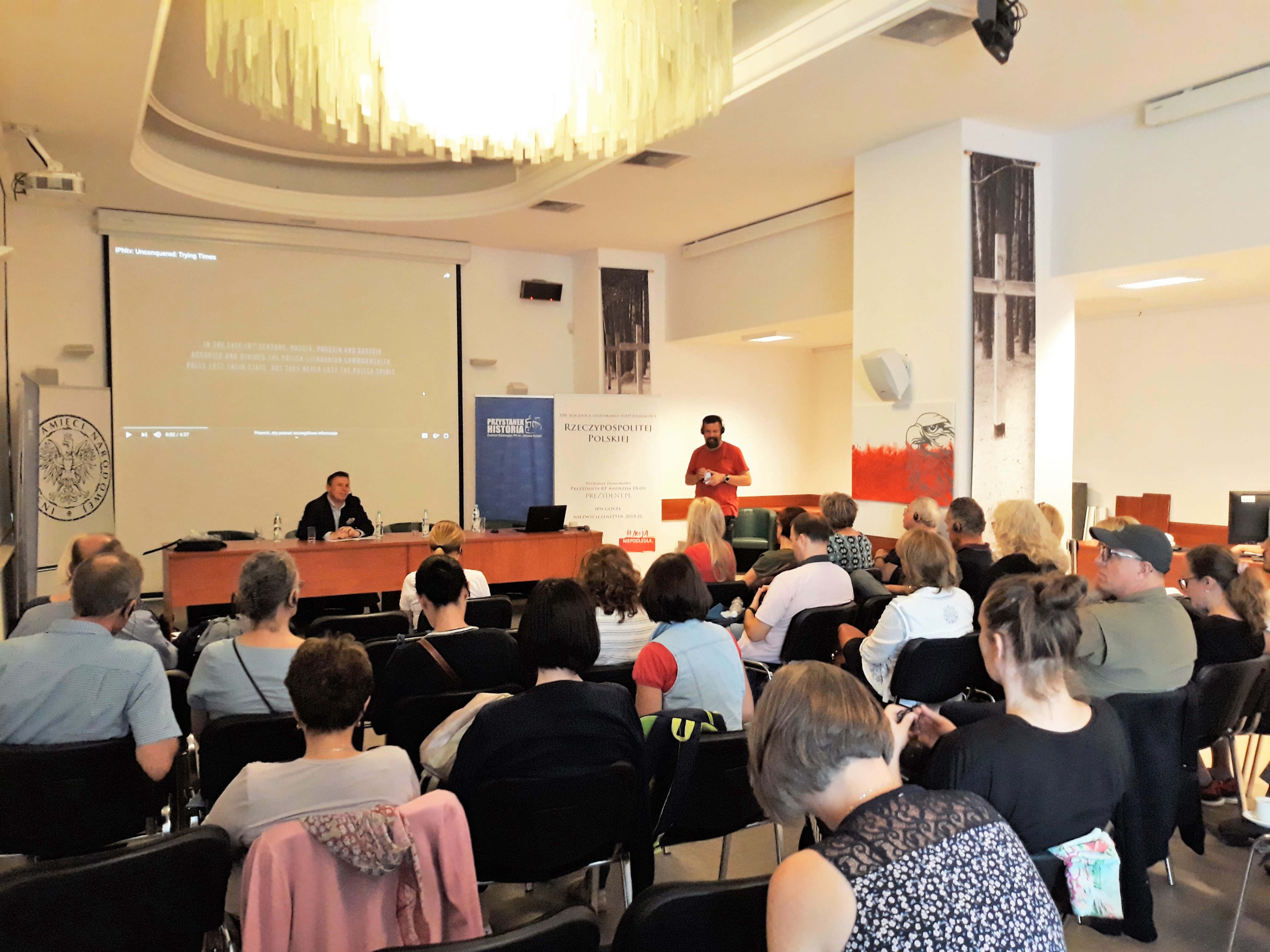
The Seige and Defence of Warsaw. On-site learning, Tomasz Sudoł
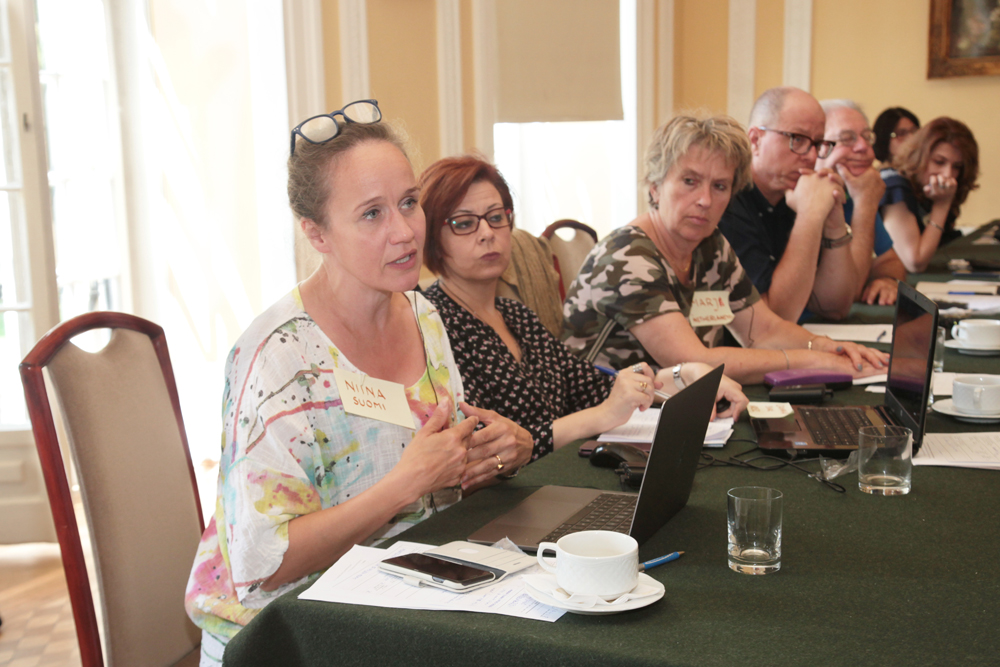
Everyday life in occupied Poland, Barbara Stanisławczyk-Żyła
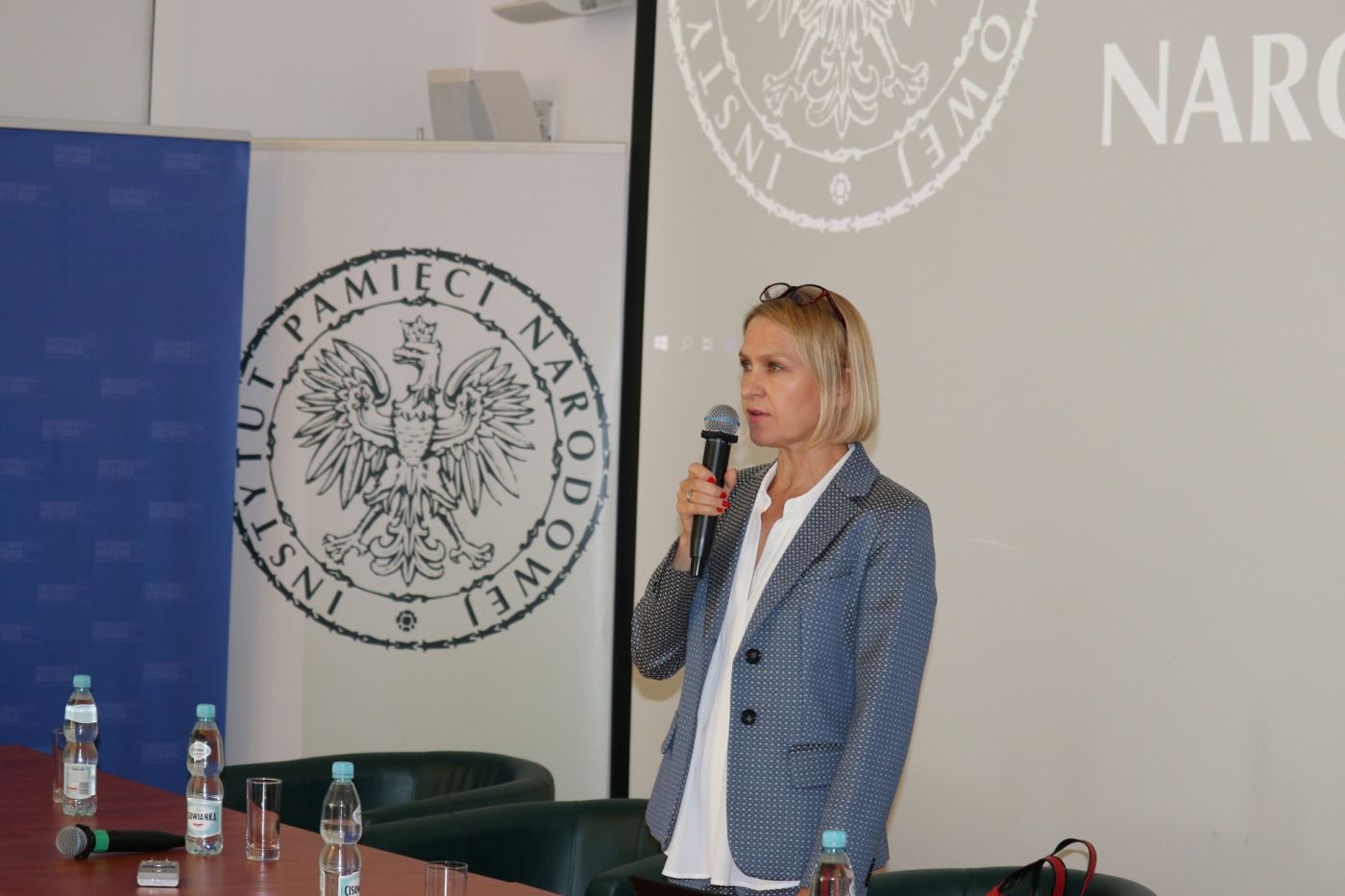
Poles and Jews during WWII. Workshop, Magda Zapolska-Downar
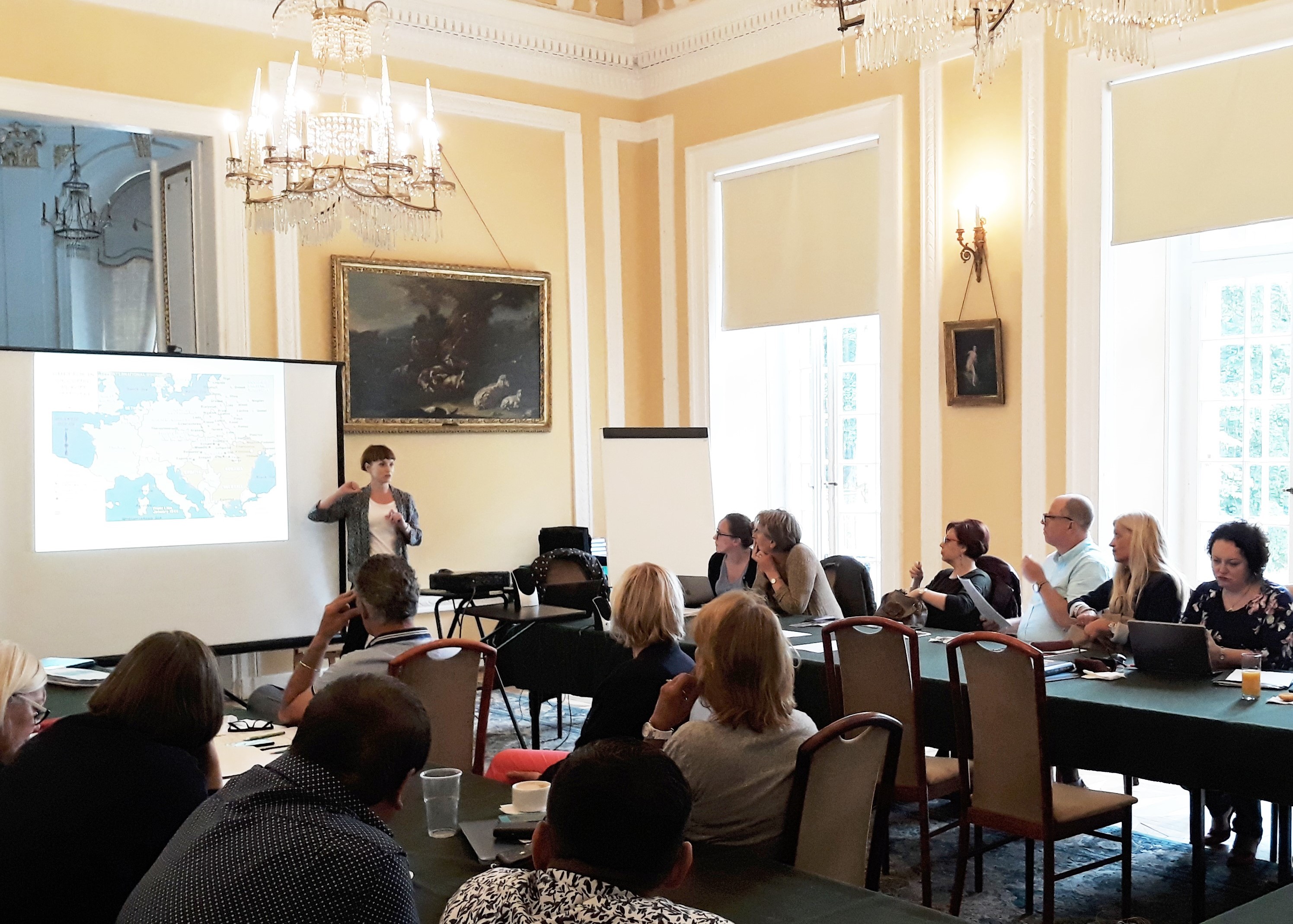
The Katyn Investigation. Workshop, Katarzyna Miśkiewicz
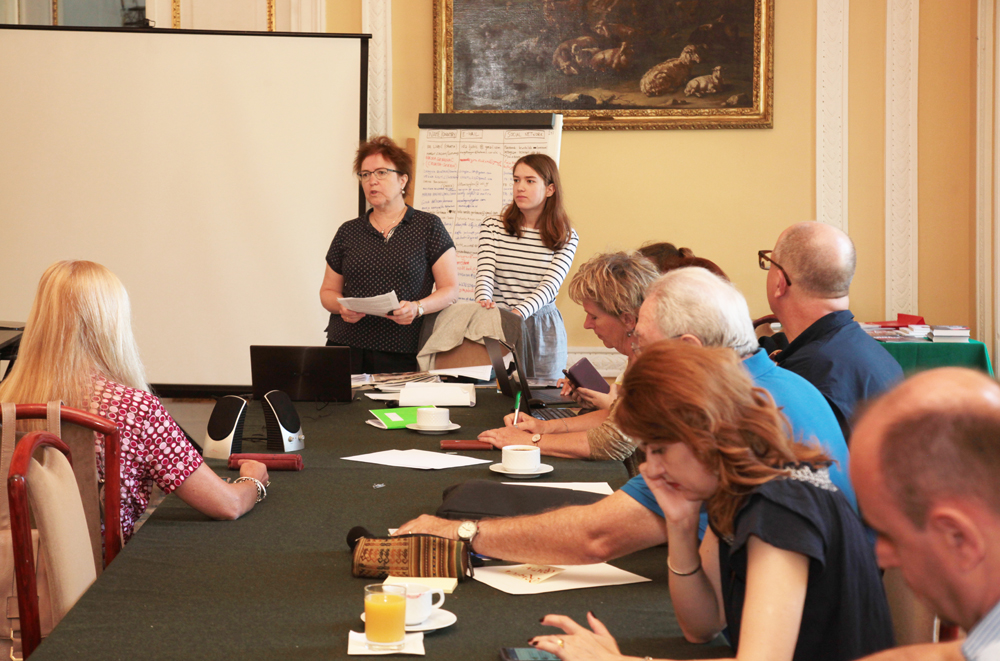
Anti-communism movement in the 1940s and 1950s, prof. Krzysztof Szwagrzyk
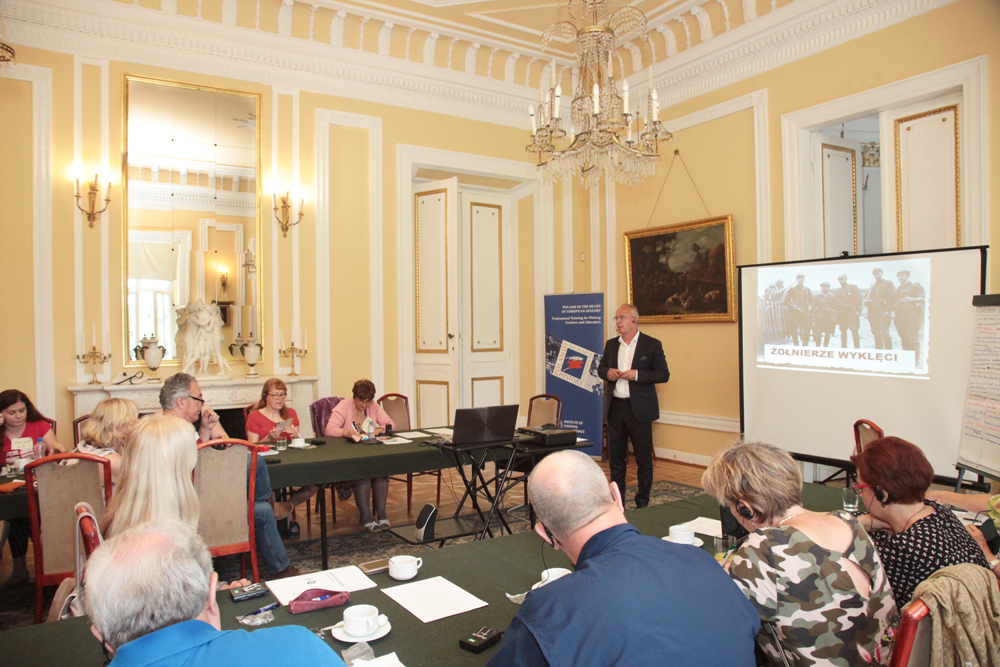
Games in education, Łukasz Pogoda
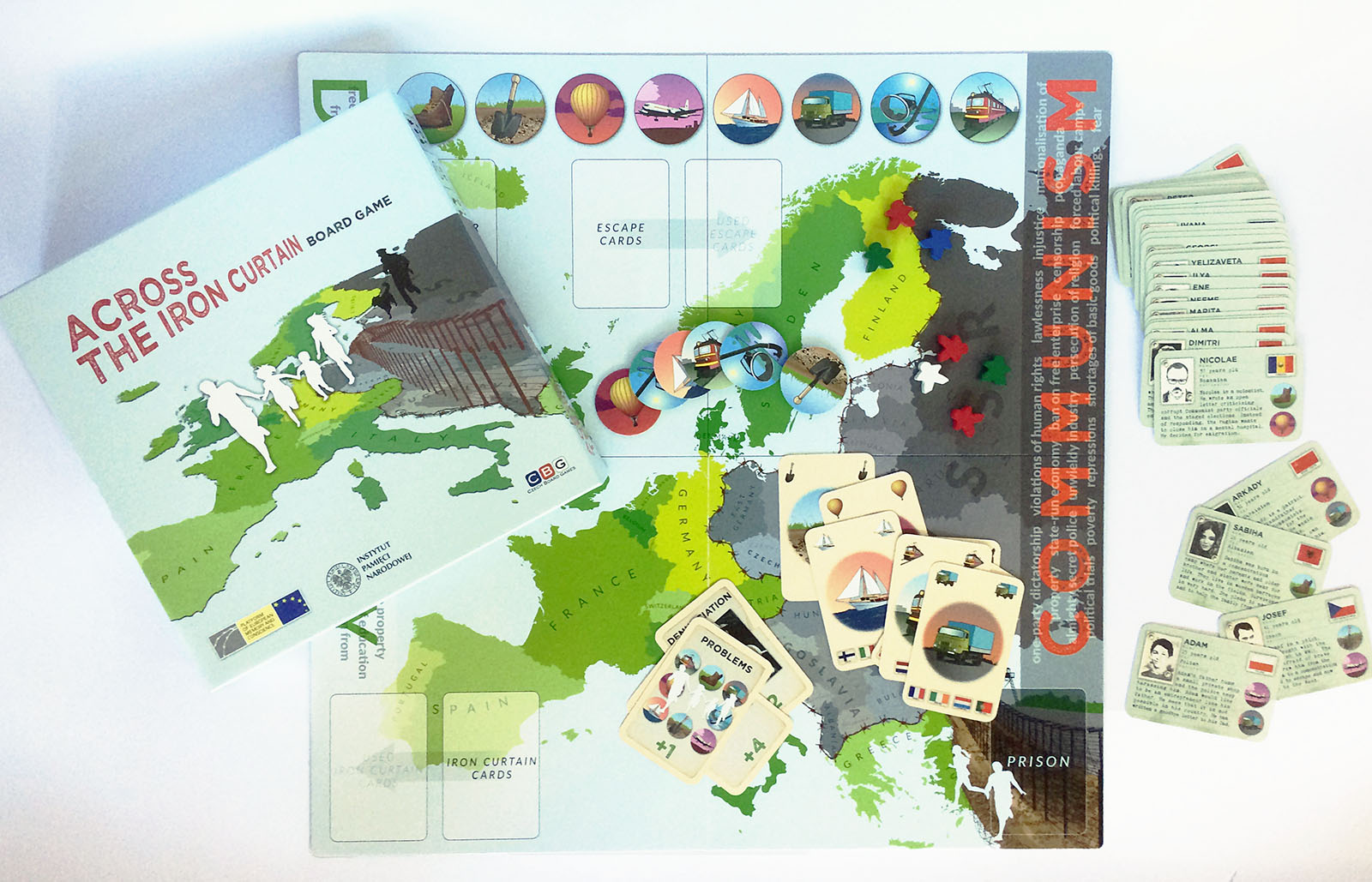
The path to the fall of communism in Europe, dr Paweł Błażewicz
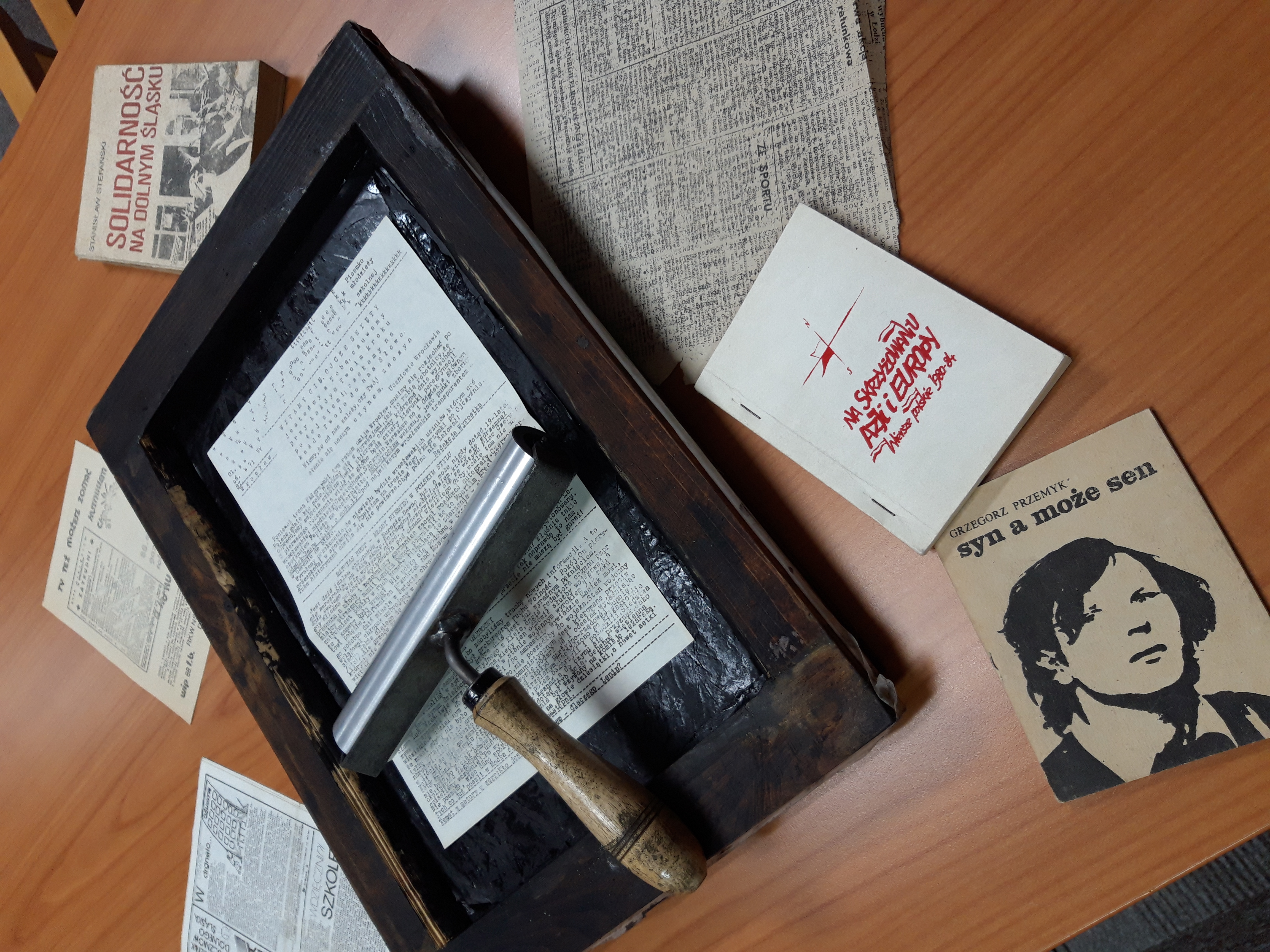
Communist ideology has led to the death of over 100 million people and the destruction of many countries and nations. It was based on terror and lies, although its most important Soviet-Russian newspaper was called “Pravda”. That is why the greatest contribution to the fall of communism in Poland and in Europe was the spread of freedom of speech and the courage to implement it. In Poland in the 1980s, hundreds of courageous people were involved in printing and distributing independent press. Radio “Solidarność” was also listened to in larger cities. Protests and strikes were also organized. In these activities, apart from the huge Trade Union “Solidarity”, there was a smaller, but resilient “Fighting Solidarity”. A huge role, especially in Poland, was played by the Catholic Church with its religious, humanitarian and cultural activities. The fall of communism was also caused by various international political actions and the inefficiency of this system. For this reason, under the name “perestroika”, Mikhail Gorbachev began reforming the Soviet Union. “Perestroika” was aimed at changing the political and economic structure of the state while keeping the communist elite in power. This mechanism was transferred to other countries under the communist domination. For this reason, the actual collapse of communism continues in many countries many years after the fall of the “Berlin Wall”.
Places that we saw
Zamek Królewski w Warszawie – The Royal Castle in Warsaw
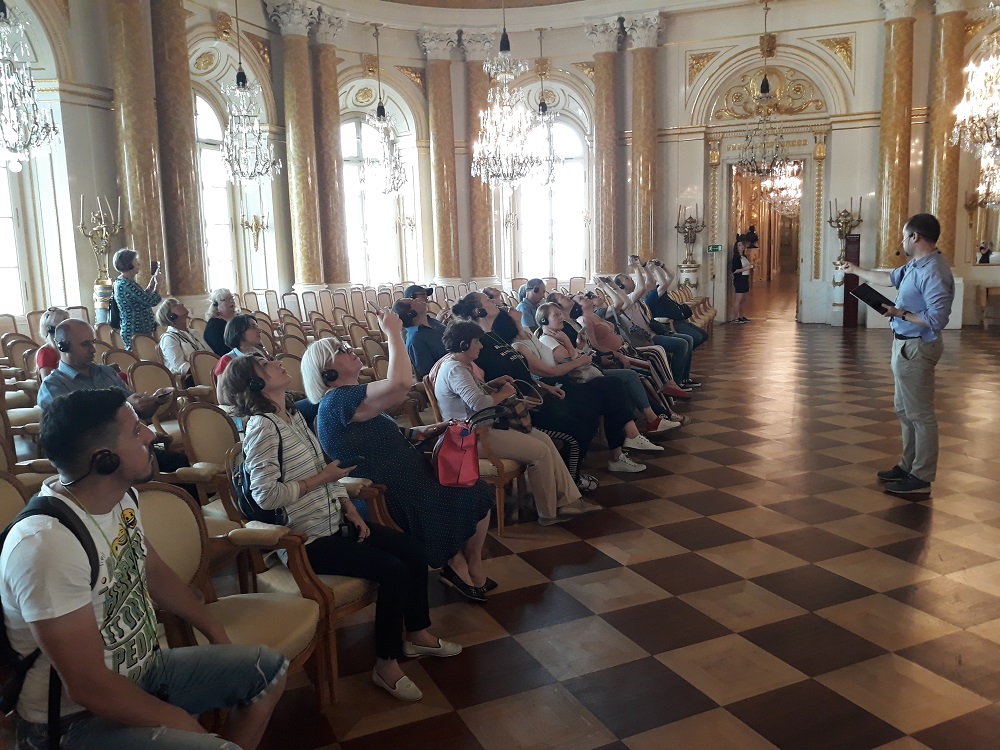
In the early years of 14th century it was only a wooden castle. After a Sigismund III Vasa election Warsaw became a capital of the Polish-Lithuanian Commonwealth. New king also moved his court from Cracow Castle (Wawel) to Castle in Warsaw. In 1598-1619 Castle was rebuilt and enlarged. Under his reign the Castle underwent large-scale expansion and was transformed into a five-winged edifice with an inner courtyard that gave the Royal Castle its present look. The Castle became not only the royal residence, the place where parliamentary deliberations were held and the administrative and cultural centre of the country. During Polish-Swedish War (1655-1660) also called the Swedish Deluge the Castle was partially destroyed and looted. Royal residence was rebuilt and regained its former magnificence during the reign of the Saxon-Wettin dynasty at the end of the seventeen and the first half of the eighteen century. In the second half of the eighteen century, artists in the employ of Stanislaus Augustus, the last king of the Polish Lithuanian-Commonwealth (1764-1795), reconstructed the interiors of the chambers, comprising the Great Apartment and the King`s Apartment as well as numerous other chambers in what became known as the „Stanislavian style” inspired by the neoclassical style. During the period of the partitions (1795-1918), with a short break in 1807-1815 (period of Napoleonic Wars and Duchy od Warsaw) the castle became the seat of Russian civil and military authorities, and remained so until 1915 when the Russians fled Warsaw after their defeat against the German Army. In the interwar period (1918-1939) the Royal Castle was gradually renovated and given back its place as a symbol of Polish statehood, thus becoming the seat of Poland`s II Republic president Ignacy Mościcki (1926-1939). In September 1939 the Castle was bombed by the Germans, however polish museologists managed to salvage some elements of the interiors and some of the works of art. The roof of the castle that collapsed during the siege of Warsaw in 1939 was deliberately left unrestored to cause additional damage to the overall structure of the castle. During the Warsaw Uprising (August 1, 1944 – October 2, 1944) the Royal Castle and the Old Town were the scene of intense combats between the German Army and the Polish Home Army (Armia Krajowa) who managed to recapture the Old Town. In September 1944 while the Uprising was still going on the Germans blew up the Royal Castle leaving it in ruins. Years later, in 1971 the government of the Polish People`s Republic decided to rebuild the castle.
Based on: https://www.zamek-krolewski.pl/en/history.
Muzeum Powstania Warszawskiego – Warsaw Uprising Museum
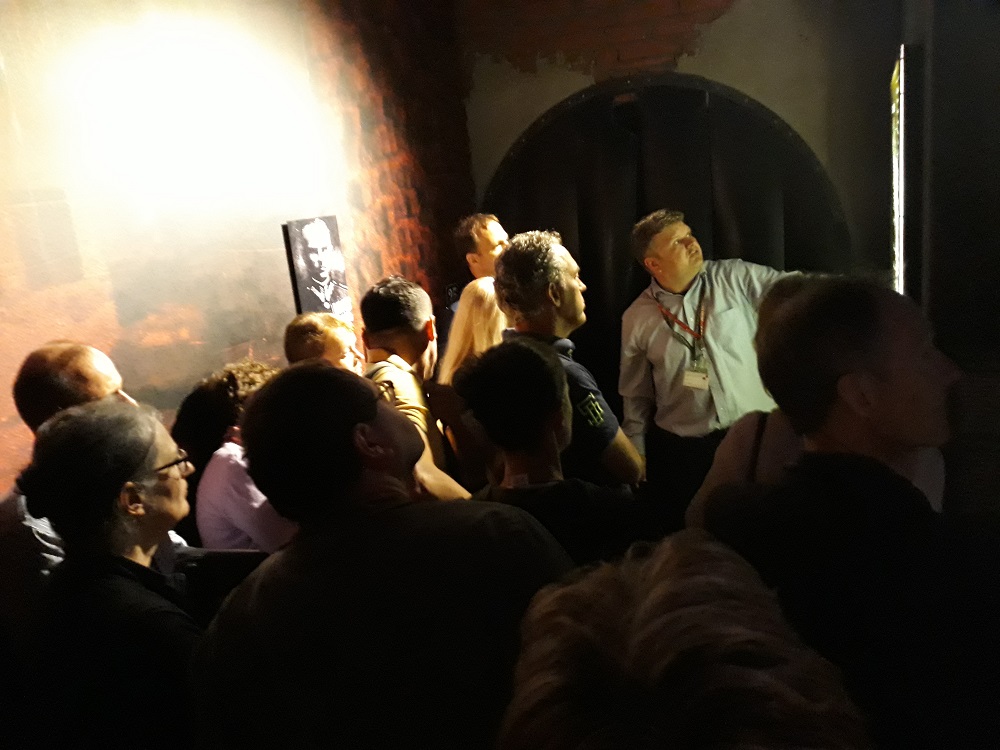
Museum is dedicated to the Warsaw Uprising of 1944. It opened on July 31, 2004, day before of the 60th anniversary of the outbreak of fighting in Warsaw. The exhibition depicts fighting and everyday life during the Rising, keeping occupation terror in the background. Complexity of the international situation at the time of the Rising is portrayed, including the post-war years of the Communist regime and the fate of veterans in the People`s Republic of Poland. With the total area of more than 3000 m2, 800 exhibition items, approximately 1500 photographs, films and sound recordings, history of the days preceding the Rising is told.
Based on: https://www.1944.pl/en/article/the-warsaw-rising-museum,4516.html.
Pałac w Jabłonnej – The Palace in Jabłonna
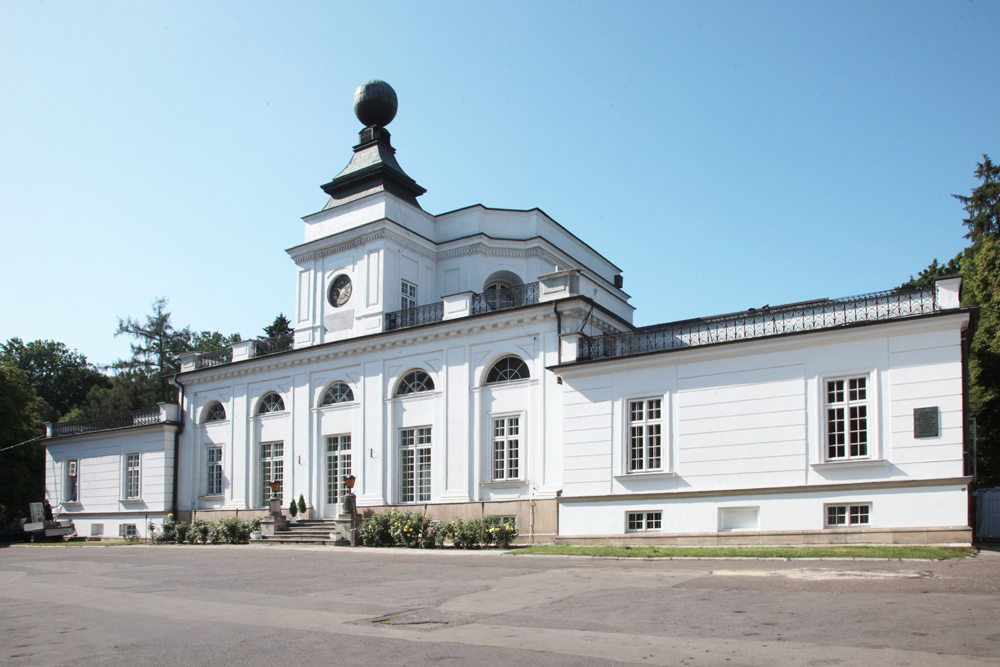
In the 15th century, the residence of the Płock bishops was built in Jabłonna. In 1773 Jabłonna was bought by Michal Poniatowski, the brother of king Stanislaus Augustus, then the Bishop of Płock and later Primate of Poland. In 1774 he ordered the design of a new residence with the royal architect Dominik Merlini. The English landscape park was created in the 70`s and 80`s of the 18th century. In 1794, Jabłonna was inherited by Prince Józef Poniatowski, nephew of the Primate. After his death in the Battle of Lipsk in 1813, Jabłonna was inherited by his sister Theresa Tyszkiewicz. In 1837, at the entrance to the park, a gate was set with two granite columns brought from the Teutonic castle in Malbork.
Based on: https://www.palacjablonna.pl/index.php/historia.
Muzeum Historii Żydów Polskich POLIN – POLIN Museum of the History of Polish Jews
The museum was founded on January 25, 2005. The idea to create a Museum of the History of Polish Jews emerged at the Association of the Jewish Historical Institute. POLIN Museum is the first public-private partnership in Poland, created jointly by the government, the local government, and a non-governmental organization. Under a tripartite agreement signed on January 25, 2005, by the Minister of Culture and National Heritage, the Mayor of Warsaw, and the Chairman of the Association of the Jewish Historical Institute, the public party financed, i.a., the construction of the building and its equipment. The Association of the Jewish Historical Institute was responsible for financing and organizing the process of producing the core exhibition. POLIN presents a 1000-year history of Polish Jews and is a place for meetings and conversations for all of those eager to learn more about the past and present Jewish culture. In 2016, POLIN Museum won the title of the European Museum of the Year Award.
Based on: https://www.polin.pl/en/about-museum.
Muzeum Narodowe w Warszawie – National Muzeum in Warsaw
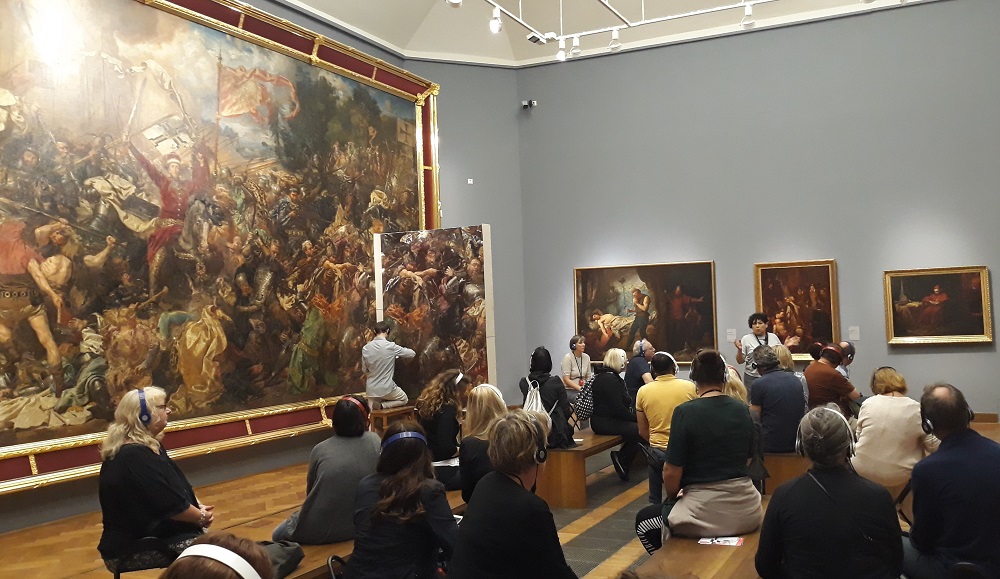
National Museum in Warsaw was founded in 1862 as the Museum of Fine Arts. In 1916, the museum was given its present name. Now is one of the largest museums in Poland and the largest in the capital. The new building of the museum, designed by Tadeusz Tolwiński, was inaugurated on June 18, 1938. During the siege of Warsaw in September 1939 the building was damaged and after conquering the capital the collection was looted by the Germans. After the war the Polish Government retrieved many of the works seized by the Germans, but more than 5,000 artifacts are still missing. Today, the collections of the National Museum in Warsaw count about 830,000 works of Polish and world art, from antiquity to the present, and include painting, sculpture, drawings and engravings, photographs, numismatic items, as well as objects of applied art and design.
Based on: http://www.mnw.art.pl/o-muzeum/; https://en.wikipedia.org/wiki/National_Museum,_Warsaw.
Pałac Zamoyskich w Kozłówce – Zamoyski Palace in Kozłówka
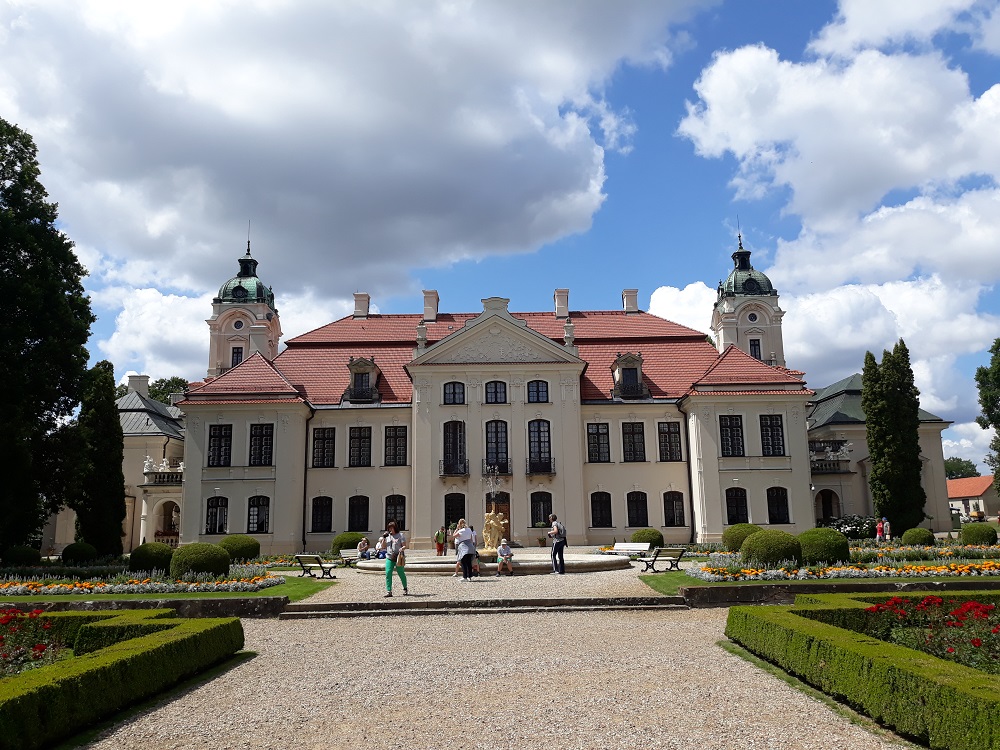
The palace was erected around 1742 for the Bieliński family according to the design of Józef Fontana. In 1799 it became the property of the Zamoyski family. Rebuilt by Konstanty Zamoyski in 1897-1914. The palace interiors have been preserved in the authentic style from the turn of the 19th and 20th century in the style of the Second Empire. In 1944, after the last owners left, the palace became the property of the state. The interiors and their decor have retained their original style, including the Neo-Baroque period. The rooms have an impressive collection of paintings, furniture, sculptures, mirrors and the palace equipment. In the former carriage house there is the only Gallery of the Art of Socialist Realism in Poland, also known as the „Museum of Socialist Realism”.
Based on: https://www.muzeumzamoyskich.pl/ekspozycje; https://pl.wikipedia.org/wiki/Pa%C5%82ac_w_Koz%C5%82%C3%B3wce.
Państwowe Muzeum na Majdanku – Majdanek State Muzeum
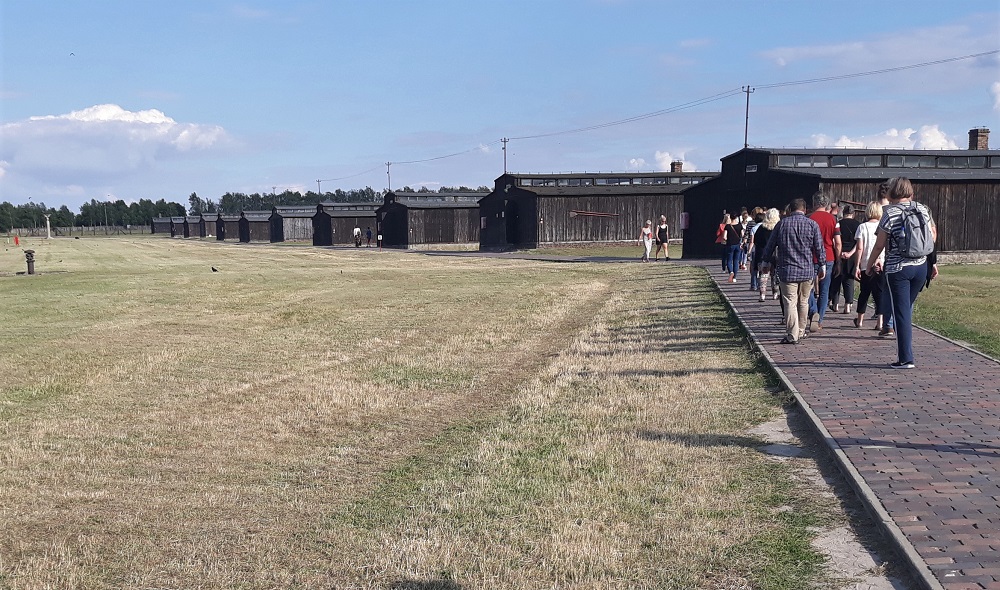
The Museum was established in November 1944 in the former German concentration camp. It was the first Museum commemorating the victims of World War II in Europe.The aim of the Museum is to cultivate memory and develop historical education about German occupation in the Lublin region during World War II, in particular by commemorating the victims, protecting objects and documenting the history of the Majdanek concentration camp and extermination camps in Bełżec and Sobibór. The museum also conducted intensive publishing and research activities.
German concentration camp in Majdanek was founded in 1942 on the order of Heinrich Himmler. The prisoners came from almost 30 countries. The citizens of Poland, the Soviet Union and Czechoslovakia dominated. Apart from Jews and Poles, the most numerous ethnic groups were Russians, Belarusians and Ukrainians. From the day of its foundation to July 22, 1944, 80,000 people from among 150,000 prisoners lost their lives in the camp. Most of them were murdered by the camp's crew. Among the victims, the greatest number of those who died or were murdered were Jews (about 60,000). In order to remove the traces of the crimes, the corpses of those who died and the murdered were burnt on pyres or in the crematorium. After the World War II, the Soviets organized a camp for members of the Polish Underground State on the grounds of Majdanek. Germans soldiers were also imprisoned for some time in the barracks of the former camp.
Based on: http://www.majdanek.eu/pl/mission; http://www.majdanek.eu/pl/history.
Muzeum Fortyfikacji i Broni Arsenał w Zamościu – The Arsenal Museum of Fortifications and Weaponry - a Division of Zamość Museum
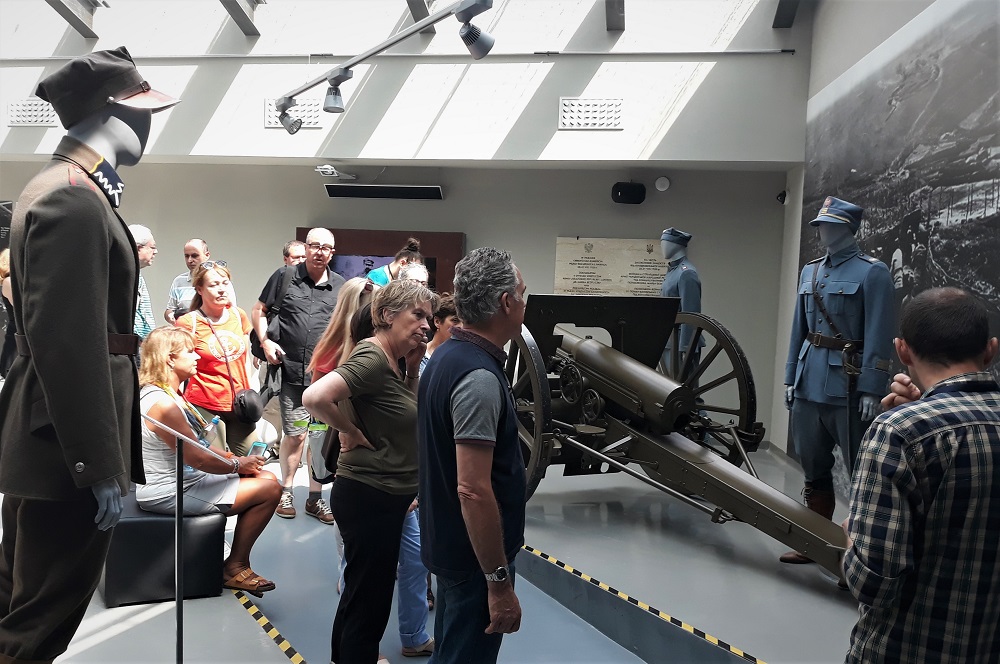
The Museum was created on the basis of the „Arsenal” Museum of Colors and Arms, and has a rich collection of weapons, uniforms, military vehicles, cannons, posters and photos. The uniqueness of the project is also due to the fact that there is no other museum in Poland in which one could trace the development of military art from the 16th century to the middle of the 20th century by displaying weapons and equipment for soldiers.
Based on: http://muzeumarsenal.pl/pl/o-muzeum.
Muzeum Zamojskie – Zamość Museum

The beginning of the Museum`s history begins in 1926. Then the Zamość Poviat Parliament approved the founding of the Museum of the Zamość Region. Among the exhibits that were collected there were items from the field of folk art, handicrafts, numismatics, geology and archeology, as well as old prints and historical mementos. In 1933, as a result of the administrative decision of the then authorities, the museum was liquidated. After three years, a new museum was created. In 1938, the Museum received three rooms from the City Council in the Town Hall. At that time, the first scientific inventory inventory was carried out. During World War II, the Museum was closed, but the exhibits were not plundered or destroyed. Władysław Kabat, an employee of the magistrate, looked after them, thanks to which they survived the war and German occupation. After the war, a group of enthusiasts headed by Władysław Kabat led to the creation of the Municipal Museum of the Zamość Region. From 1950, the state took over the care of the museum. In 1999, the facility was renamed the Zamość Museum. The Zamość Museum is now a modern institution, known and appreciated in the country and abroad. In addition to collecting and processing collections, organizing exhibitions and educational activities, it conducts research and documentation work, organizes conferences, including international ones, publishes exhibition catalogs and scientific papers. An important aspect in the museum`s activity is constant cooperation with museums in Ukraine, especially with the Volyn Museum of Homeland Studies in Łuck and Lviv museums, which results in joint seminars as well as research, exhibition and editorial projects.
Based on: http://muzeumarsenal.pl/pl/o-muzeum/muzeum-zamojskie.
Zamek Lubomirskich w Łańcucie – Lubomirski Castle in Łańcut
Łańcut was founded as a town in 1349 under reing of King Casimir the Great. The major landowning families in Łańcut were, successively, the Pilecki`s, Stadnicki`s, Lubomirski`s and the Potocki`s. The present castle was built for Stanisław Lubomirski in 1629 - 1642. At that time it was a modern, „palazzo in forteza” type of residence, consisting of living quarter with donjons at the corners, surrounded by bastion fortifications. In the second half of the 18th century, the then current owner of Łańcut, Izabela Lubomirska of the Czartoryski family, converted the fortress into palace-park complex. At the end of 18th century, Łańcut was one of the greatest residences in Poland. It featured an active musical and theatrical life, with many famous guests staying. In 1816, after Princess Izabela Lubomirska`s death, the whole estate became a property of her grandson Alfred Potocki the First. From 1889 to 1911, the castle was renovated and reconstructed, the works led by French architect Armand Beaugue and Italian draughtsman Albert Pio. After this thorough reconstruction and modernisation, the Łańcut palace-park complex became one of the most luxurious residences in the continental Europe. Castle was Potocki family property until 1944.
Based on: https://www.zamek-lancut.pl/en/History.
Synagoga w Łańcucie – Łańcut Synagogue
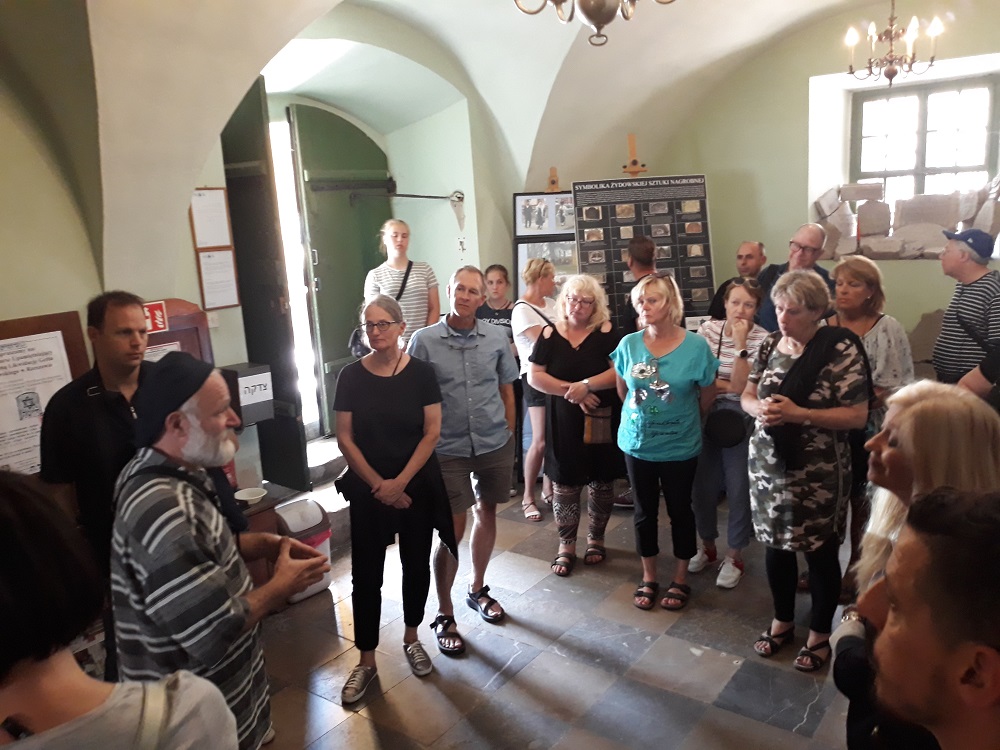
The synagogue was built in 1761. At the beginning of the 19th century, the famous tzaddik Yaakov Yitzhak Horowitz (1745-1815) was in the synagogue, who had a separate room at the temple, where he prayed and studied. During World War II, the German Nazis set fire to the synagogue. The interior of the temple was destroyed. Until 1956, there was a grain warehouse in the synagogue. In the 1960s, the synagogue was rebuilt thanks to Dr. Władysław Balicki. He created the Judaic museum in the place of the former temple. In 1973, the Zamość Museum took care of the synagogue. The interior of the temple is nicely decorated in the Baroque style.
Based on: https://podkarpackie.travel/pl/atrakcje/synagoga-w-lancucie;
https://pl.wikipedia.org/wiki/Synagoga_w_%C5%81a%C5%84cucie.
Muzeum Polaków Ratujących Żydów podczas II wojny światowej im. Rodziny Ulmów w Markowej – The Ulma Family Museum of Poles Saving Jews in World War II in Markowa
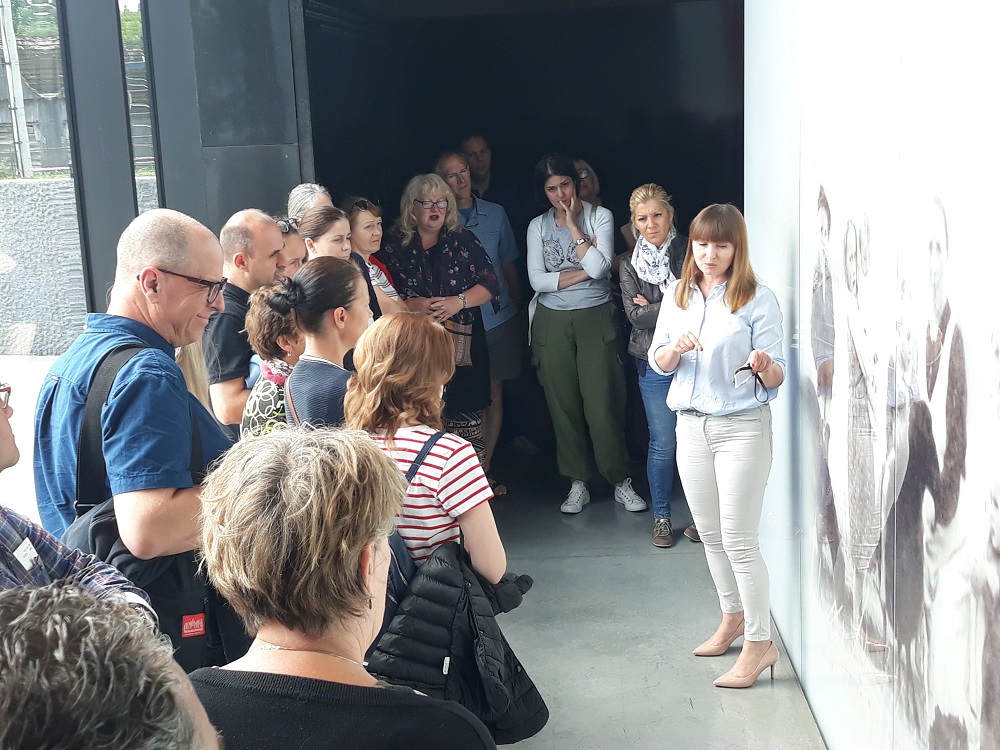
The idea of creation of the Ulma Family Museum of Poles Saving Jews in World War II in Markowa emerged in late 2007. On June 30, 2008 the Local Parliament of the Podkarpackie Voivodeship passed a unanimous resolution on establishing the Museum. The Museum was opened on March 17, 2016. The primary goal of the Museum is to show heroic stance of the Poles who helped the Jews during German occupation, risking their own lives and the lives of their families. The Museum was named after a heroic family who helped Jews during the German occupation. Since late 1942 the Józef and Wiktoria Ulma gave shelter to eight Jews. On March 24, 1944, Germans and several navy-blue policemen killed all of them, including Ulma children. In 1995, Wiktoria and Józef Ulma were posthumously awarded the „Righteous Among the Nations” title. In 2010, they were honoured with the Commander`s Cross of the Order of Polonia Restituta by the President of the Republic of Poland, Lech Kaczyński. In 2003, the Ulmas` beatification process was initiated in the Diocese of Przemyśl, and is currently under way at the Vatican.
Based on: https://muzeumulmow.pl/en/museum/about-museum/;
https://muzeumulmow.pl/en/museum/history-of-the-ulma-family/.
Muzeum Żołnierzy Wyklętych i Więźniów Politycznych PRL w Warszawie – Museum of Cursed Soldiers and Political Prisoners of the Polish People's Republic in Warsaw
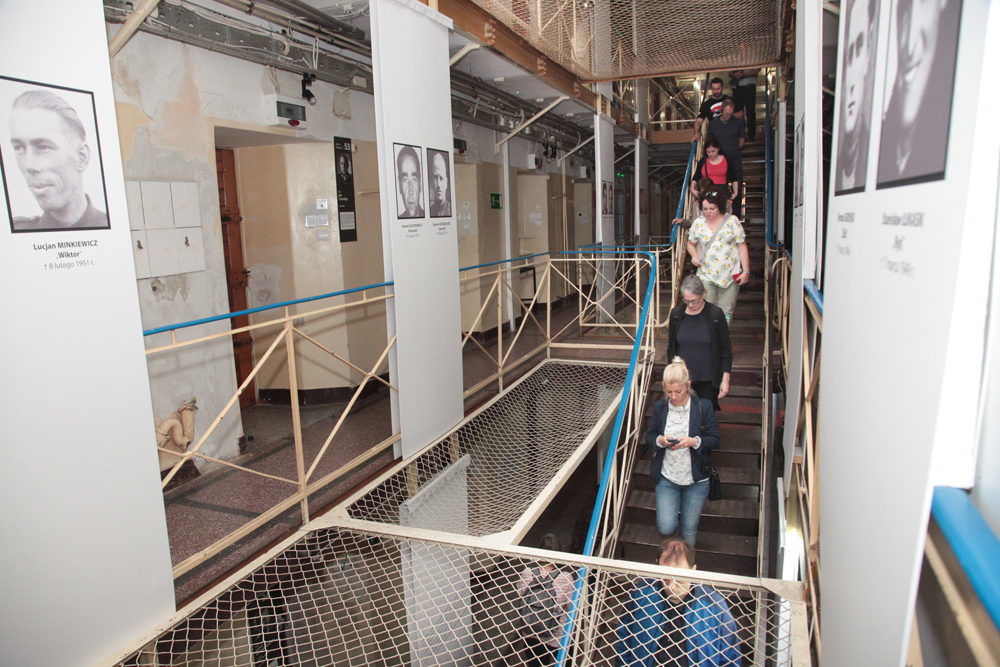
On February 29, 2016, an order was signed to create a museum at the Warszawa-Mokotów Prison on Rakowiecka Street. The prison ceased to function the following year. The location of the future Museum is not accidental. The Prison on Rakowiecka served as the main political prison from 1945 and throughout the Stalinist period, and the most important members of the independence underground were held there. More than 350 death sentences have been carried out in the prison, and the number of people tortured during the investigation remains unknown. During the following years of the Communist system, thousands of people detained for political reasons fled to Rakowiecka. The aim of the Museum is to show the history of the armed and social resistance of Poles against the totalitarian system in the years 1944-1989.
Based on: https://www.sw.gov.pl/strona/muzeum-zolnierzy-wykletych-i-wiezniow-politycznych-prl-o-muzeum.
Cmentarz Wojskowy na Powązkach – Powązki Military Cemetery
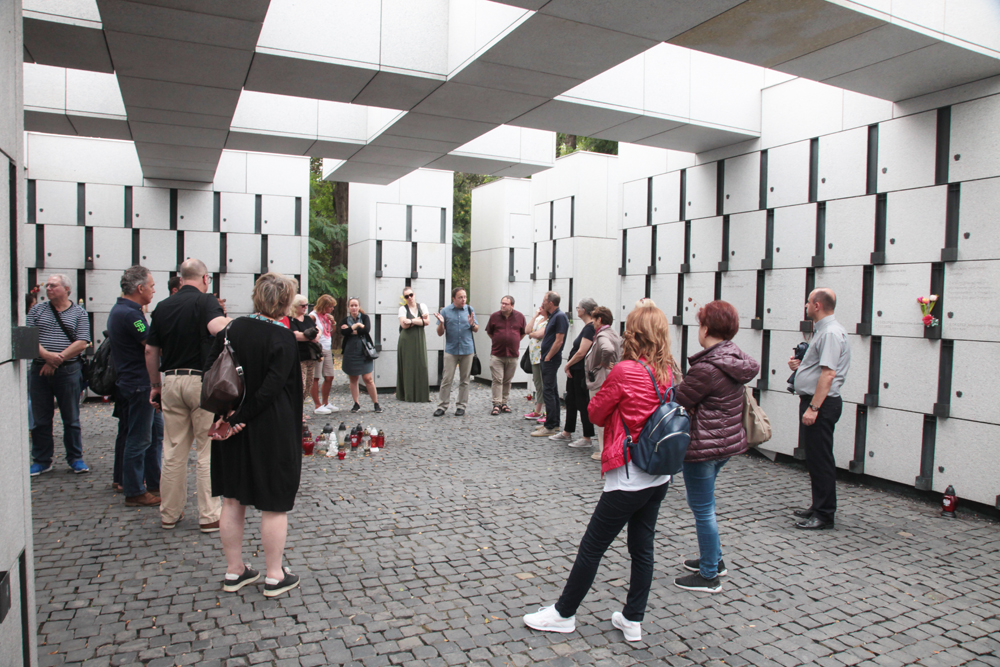
The Powązki Military Cemetery was founded in 1912, when the Russian Orthodox cemetery was established by the Russian military authorities for soldiers from the Russian garrison in Warsaw. In November 1918, control over the cemetery was taken over by the Polish military pastoral ministry. More than 2,500 Polish soldiers are buried in the Cemetery. Many other prominent Poles were buried there: politicians and artists. The result of the complicated history of Poland is the fact that communist activists and the heads of the Polish People's Republic were buried at the Powązki Military Cementary.
Based on: https://dzieje.pl/aktualnosci/cmentarz-wojskowy-na-powazkach.
Archiwum IPN - The IPN archive
On July 23, 2019, a group of teachers and educators from abroad, visiting the Institute of National Remembrance at the educational conference "Poland in the Heart of European History", visited the Archives of the Institute of National Remembrance. The guests got acquainted with the tasks carried out by the Archives of the Institute of National Remembrance and documents regarding victims of World War II. They also visited the conservation workshop and archive warehouse, where they learned the basic principles of storage, protection and conservation of archives.